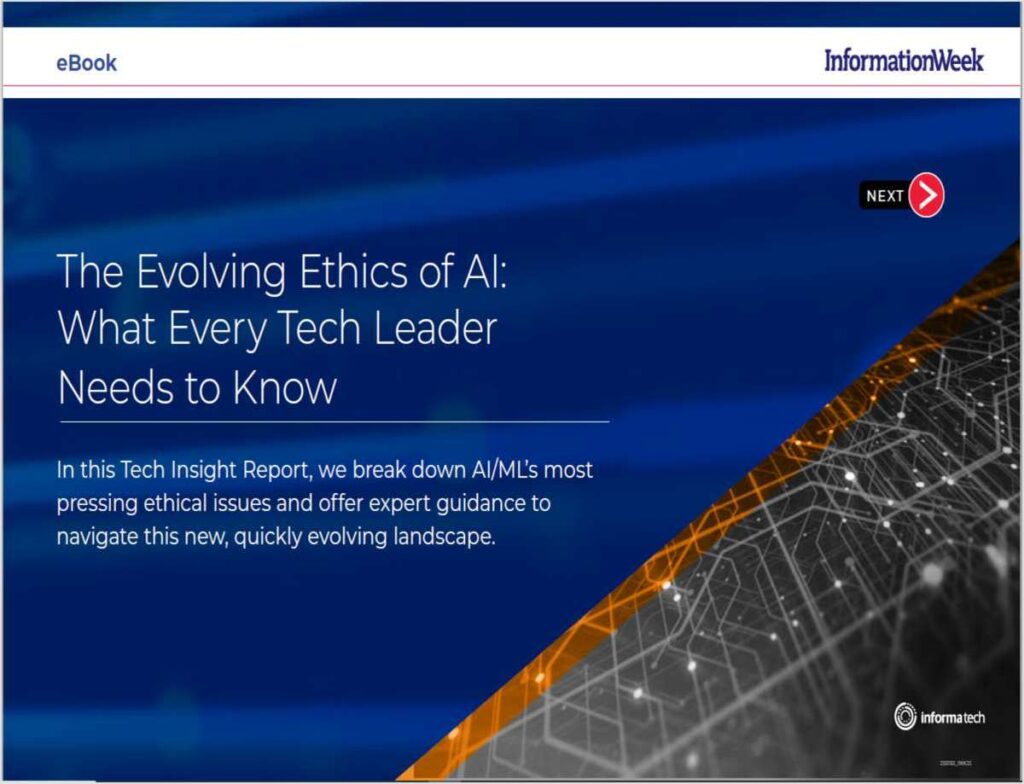
Irene Qualters, NSF Advanced Cyberinfrastructure Division Director
A newly released report commissioned by the National Science Foundation (NSF) and conducted by National Academies of Sciences, Engineering, and Medicine examines priorities and associated trade-offs for advanced computing investments and strategy. The Future Directions for NSF Advanced Computing Infrastructure to Support U.S. Science and Engineering in 2017-2020 report is based on community input from more than 60 individuals, research groups and organizations.
We are very pleased with the National Academy’s report and are enthusiastic about its helpful observations and recommendations,” said Irene Qualters, NSF Advanced Cyberinfrastructure Division Director. “The report has had a wide range of thoughtful community input and review from leaders in our field. Its timing and content give substance and urgency to NSF’s role and plans in the National Strategic Computing Initiative.”
In 2013, NSF commissioned the National Academies of Sciences, Engineering, and Medicine to undertake a study that would examine priorities and associated trade-offs for advanced computing in support of NSF-sponsored science and engineering research. Advanced computing capabilities, defined as both computer systems and expert staff, are typically shared among multiple researchers, institutions and applications.
In response to NSF’s request, the Computer Science and Telecommunications Board established a committee, co-chaired by William Gropp (University of Illinois at Urbana-Champaign) and Robert Harrison (Stony Brook University/Brookhaven National Laboratory).
The committee’s final report, Future Directions for NSF Advanced Computing Infrastructure to Support U.S. Science and Engineering in 2017-2020, makes recommendations which establish a framework aimed at achieving four broad goals: (1) positioning the United States for continued leadership in science and engineering, (2) ensuring that resources meet community needs, (3) aiding the scientific community in keeping up with the revolution in computing, and (4) sustaining the infrastructure for advanced computing.
NSF has long supported advanced computing infrastructure and is constantly expanding access to these resources. NSF-supported cyberinfrastructure help tens of thousands of researchers each year — from high school students to Nobel Prize winners — expand the frontiers of science and engineering, regardless of whether their institutions are large or small, or where they are located across the nation.
By combining superfast and secure networks, cutting-edge parallel computing, efficient software, state-of-the-art scientific instruments and massive datasets with expert staff across the U.S., the NSF-funded cyberinfrastructure ecosystem lets researchers investigate questions that can’t otherwise be explored.
NSF supported $211 million in advanced cyberinfrastructure in 2014 and requested $227 million in funding in its 2016 budget. As a leading national provider of cyberinfrastructure, NSF supports and coordinates the development, acquisition and provision of state-of-the-art advanced computing resources, tools and services essential to the advancement and transformation of science and engineering, and also supports forward-looking research and education to expand the future capabilities of cyberinfrastructure.
By fostering a vibrant ecosystem of technologies and a skilled workforce of developers, researchers, staff and users, NSF serves the growing community of scientists and engineers, across all disciplines, whose work relies on the power of advanced computing infrastructure.
Download the Report * Sign up for our insideHPC Newsletter



